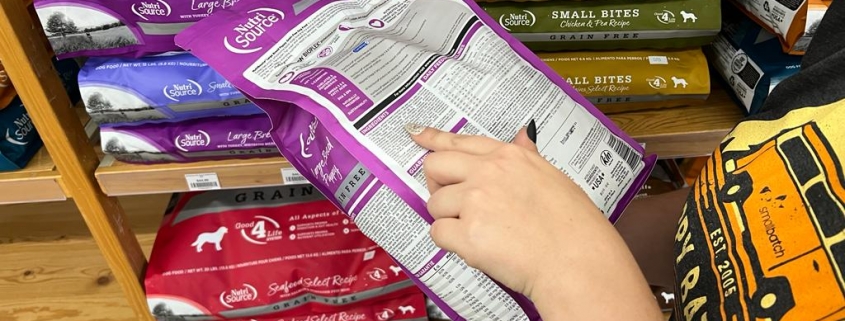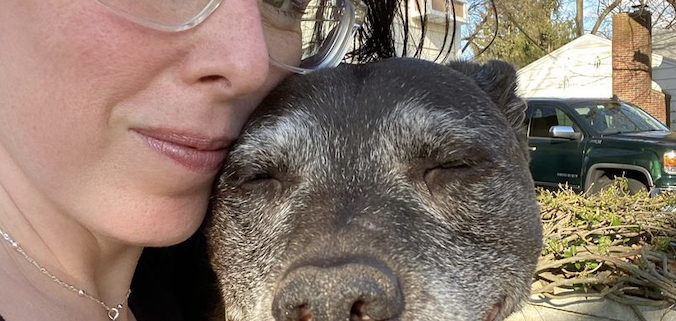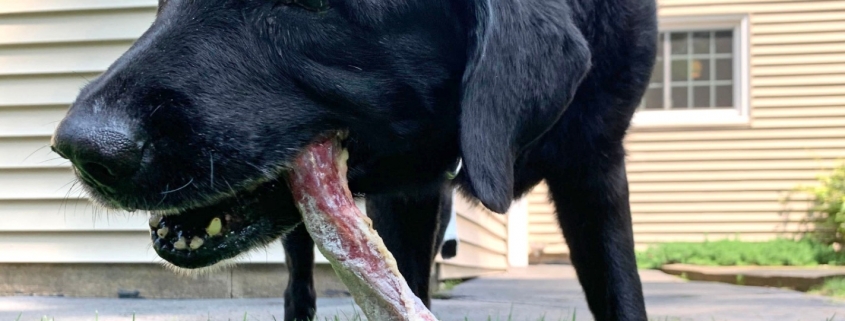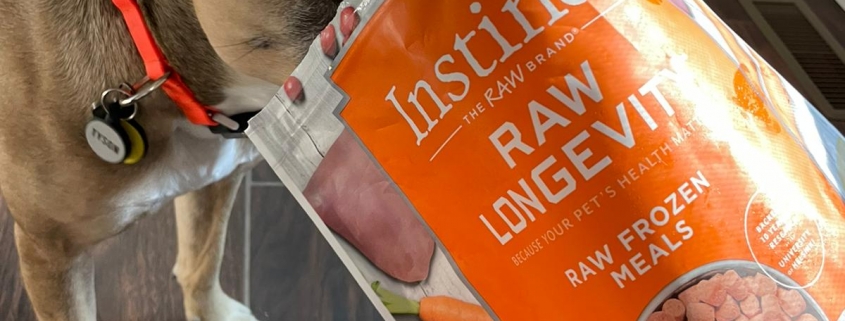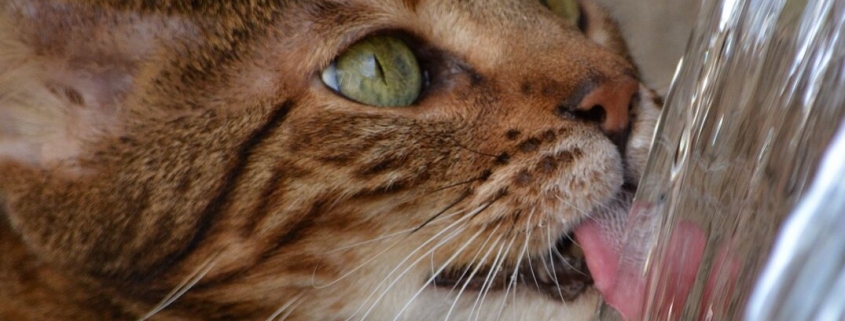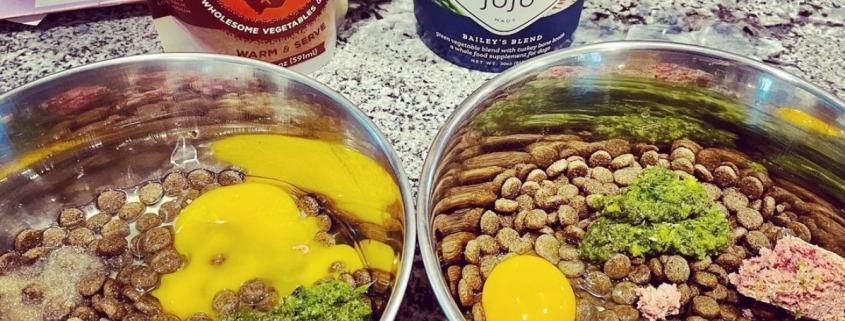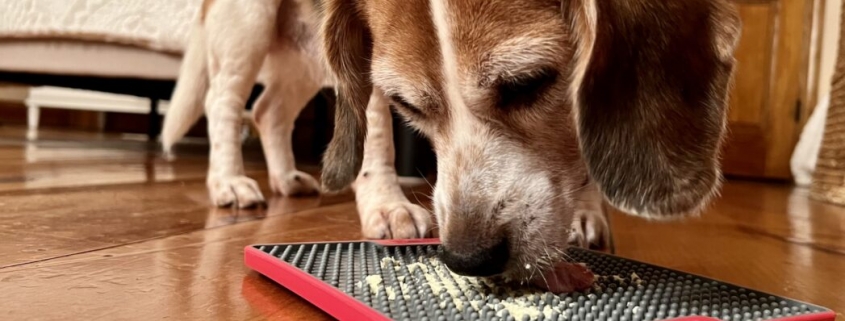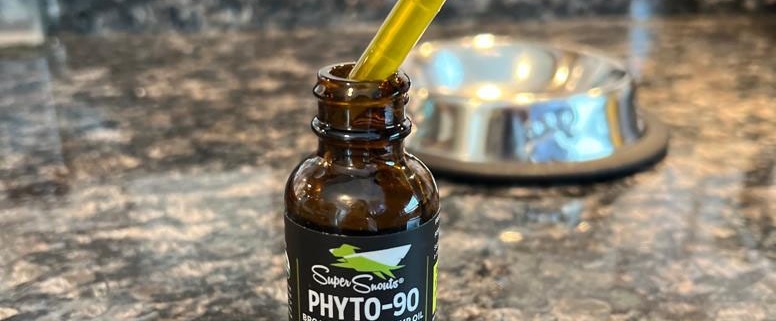What’s the Best Way to Keep My Pet’s Coat Healthy?
What’s the best way to maintain your pet’s coat? While grooming needs will vary from pet to pet, here are a few basics to consider.
First, it’s important to note that your grooming regimen should be customized for your pet. Some pets simply require weekly brushing, while others may need daily brushing with the help of topical treatments to prevent knots and matting. The term “grooming” refers simply to topical maintenance of the coat and not necessarily a visit to the groomer.
Routine grooming is essential to maintaining your pet’s healthy coat. A regular routine has plenty of benefits not only for your pet but also for you:
- Helps keep coat fresh and clean
- Reduces friction between hair follicles
- Helps ventilate pores to reduce levels of oil buildup
- Prevents knots and mats from forming
- Familiarizes yourself with your pet’s body to determine any abnormalities
- Builds a bond between you and your pet
- Stimulates your pet’s brain from the interaction
- Helps regulate body temperature with a well-brushed coat
- Help find ectoparasites (fleas, ticks, etc.)
Knowing when to and how to properly brush your pet will help enhance these benefits. The frequency of brushing will depend on multiple factors, including your pet’s breed. Normally, we recommend short-haired pets to be brushed once weekly, and pets with longer-haired coats should be brushed roughly 3 to 4 times weekly. Long-haired coats need more maintenance as they are more prone to creating mats and/or knots if unkempt.
Two products that may assist with your weekly routine are detangling sprays or grooming wipes. Detangling sprays are great because they leave your pet smelling wonderful and help reduce friction between the hair follicles, therefore causing less damage to the coat when brushing. Grooming wipes come in handy to spot clean dirty areas, wipe paws and faces, or just freshen up between baths. Grooming wipes are also excellent for pet owners who have allergies to things like pollen or weeds because you can wipe your pet down when they come in from outside to reduce allergens being carried in on their fur.
Without Proper Grooming
When your pet’s coat isn’t groomed frequently enough, it can cause the buildup of dead hair and skin cells that will ultimately lead to painful mats. These problems can lead to mild or moderate itchiness, sores, or even severe wounds. They can even cut off blood circulation in severe cases.
Coat Health through Diet and Supplements
If you notice itchy skin, dry patches, sores, hotspots, redness, or swelling on the skin, you may need to consider making changes to your pet’s diet regimen. Several factors come into play here because the food your pet consumes directly impacts the health of their gut microbiome, which reflects the skin and coat health.
For example, cereal and starchy foods can often lead to inflammation which can cause itchiness. Sensitivities to other ingredients should be discussed to determine if a food change and/or elimination may be helpful.
Another factor in maintaining coat health is omega 3’s. Omega 3’s are essential fatty acids that have great benefits for the skin and coat. Dogs and cats cannot produce their own, so supplementation through diet is key. Omega 3’s contain EPA (eicosapentaenoic acid) and DHA (docosahexaenoic acid) which are essential for anti-inflammatory purposes, growth development, heart function, brain function, and vision.
Despite how crucial omega 3’s are, they are not required in commercial pet food. Therefore, it is recommended to still supplement your pet’s food with omega 3 capsules or liquid (we recommend Nordic Naturals). Visit us in-store to discuss appropriate dosing for your pet.
References:
Solomon, Dr. Donna. “Fish Oil for Dogs and Cats: Six Benefits.” Animal Medical Center of Chicago, 15 Aug. 2018, https://www.animalmedicalcenterofchicago.com/fish-oil-for-dogs-and-cats-six-benefits/.
Easter, Fanna. “Are Dog Wipes Worth It?” Dog Training Nation, 17 Jan. 2017, https://www.dogtrainingnation.com/equipment/are-dog-wipes-worth-it/.
“A Wonder-Fur World: Why Pets Need Regular Grooming.” Ethos Veterinary Health, 29 Oct. 2021, https://www.ethosvet.com/blog-post/a-wonder-fur-world-why-pets-need-regular-grooming/#:~:text=Dogs%20can%20get%20greasy%20hair,irritation%20and%20other%20skin%20problems.
Ontario SPCA and Humane Society. “The Benefits of Brushing Your Furry Friend.” Ontario SPCA and Humane Society, 6 Jan. 2022, https://ontariospca.ca/blog/the-benefits-of-brushing-your-furry-friend/.
Craig JM. Atopic dermatitis and the intestinal microbiota in humans and dogs.
Veterinary Medicine and Science, (2016), 2, pp. 95-105 John Wiley & Sons Ltd, accessed August 26, 2022. https://www.ncbi.nlm.nih.gov/pmc/articles/PMC5645856/pdf/VMS3-2-095.pdf


